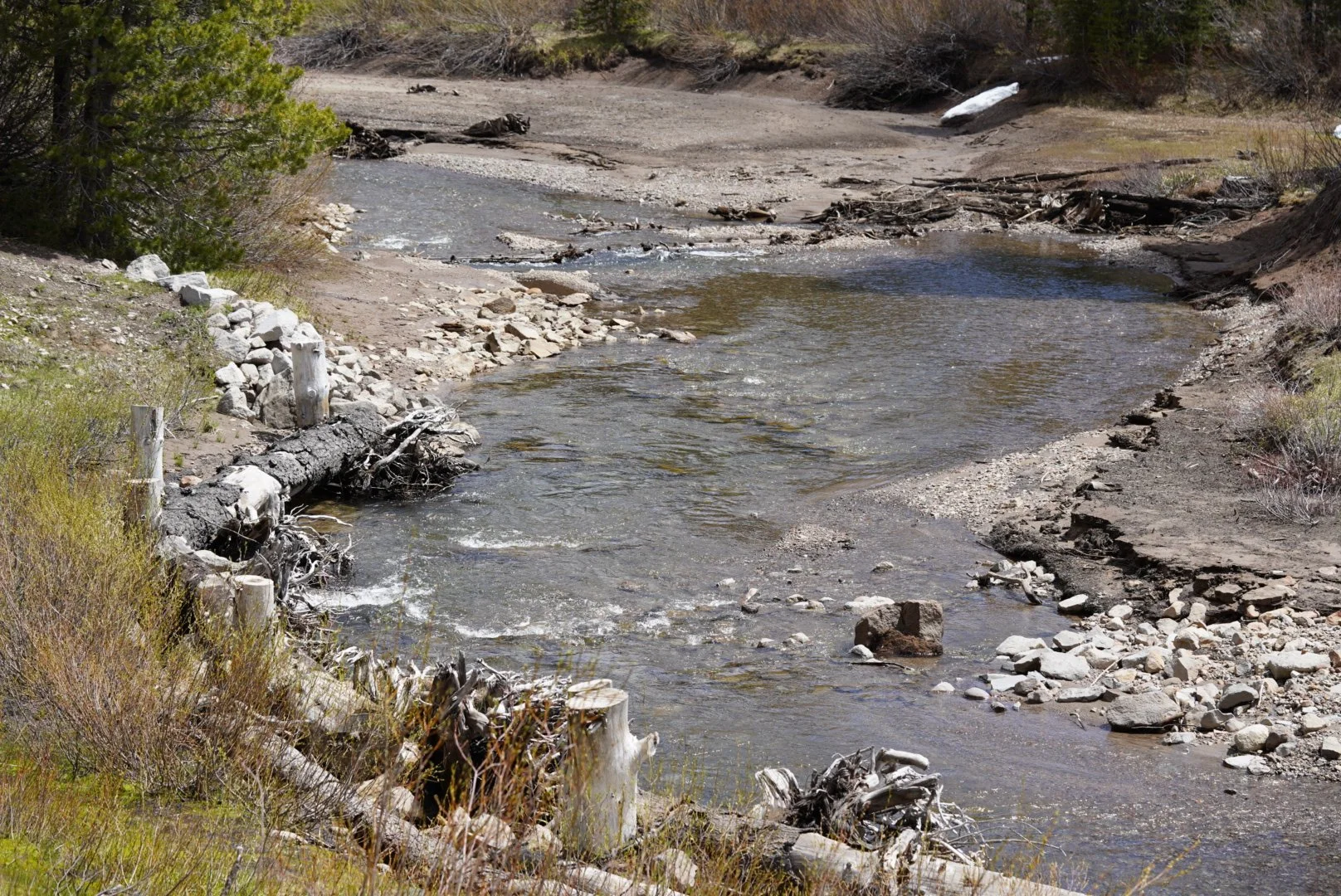Lahontan cutthroat trout recovery is managed through interagency coordination at all levels of the organization.
In 1998, a Lahontan Cutthroat Trout Management Oversight Group (MOG) was created to foster additional collaboration among partners actively working to conserve Lahontan cutthroat trout (LCT). This new group included tribes, state and federal agencies, and non-governmental organizations.
The MOG’s mission, as stated in the 2013 charter is “to attain interagency and tribal cooperation for achieving recovery of Lahontan cutthroat trout throughout its range and the removal of the species from the ESA List of Threatened and Endangered Wildlife and Plants.” The MOG works in an advisory capacity to provide direction and guidance to ensure recovery, management, and agency undertakings in or near LCT habitat are consistent with and necessary to achieve recovery. The MOG also recommends measures to resolve management issues and concerns related to the implementation of LCT recovery planning efforts. The MOG representatives strive to improve intra-agency coordination.
The MOG is represented by a designee at the executive or director level from the following charter signatory organizations: Bureau of Land Management, U.S. Fish and Wildlife Service, U.S. Forest Service, U.S. Army Corps of Engineers, U.S. Geological Survey, U.S. Bureau of Reclamation, California Department of Fish and Wildlife, Nevada Department of Wildlife, Oregon Department of Fish and Wildlife, Pyramid Lake Paiute Tribe, Summit Lake Paiute Tribe, Walker River Paiute Tribe, Washoe Tribe of Nevada and California, and the Tahoe Regional Planning Agency.
In 2017, the governance structure was modified to create a Coordinating Committee (CC). The CC includes manager level representatives from each of the charter organizations. The CC is responsible for liaising between the MOG and expert field and technical staff to achieve consistency in recovery and conservation goals and objectives range wide. To supplement the 1995 U.S. Fish and Wildlife Service Recovery Plan, the CC worked collaboratively with field and technical experts to develop an up-to-date guidance document that clearly identifies goals and objectives that lead to LCT recovery. In 2019, the updated goals and objectives, or UGOs, were endorsed by the MOG. The CC meets quarterly, and continues to improve interagency coordination and engages with the MOG on an as-needed basis.
Field and technical staff from MOG charter organizations and researchers knowledgeable in the conservation of Lahontan cutthroat trout are organized with 10 Recovery Implementation Teams (RITs). The RITs (or associated sub-basin teams) plan and implement on-the-ground recovery actions and regularly engage directly with stakeholders.
Contact Sean Vogt (U.S. Fish and Wildlife Service LCT Coordinator) for more information on the LCT Recovery Governance Structure sean_vogt@fws.gov


